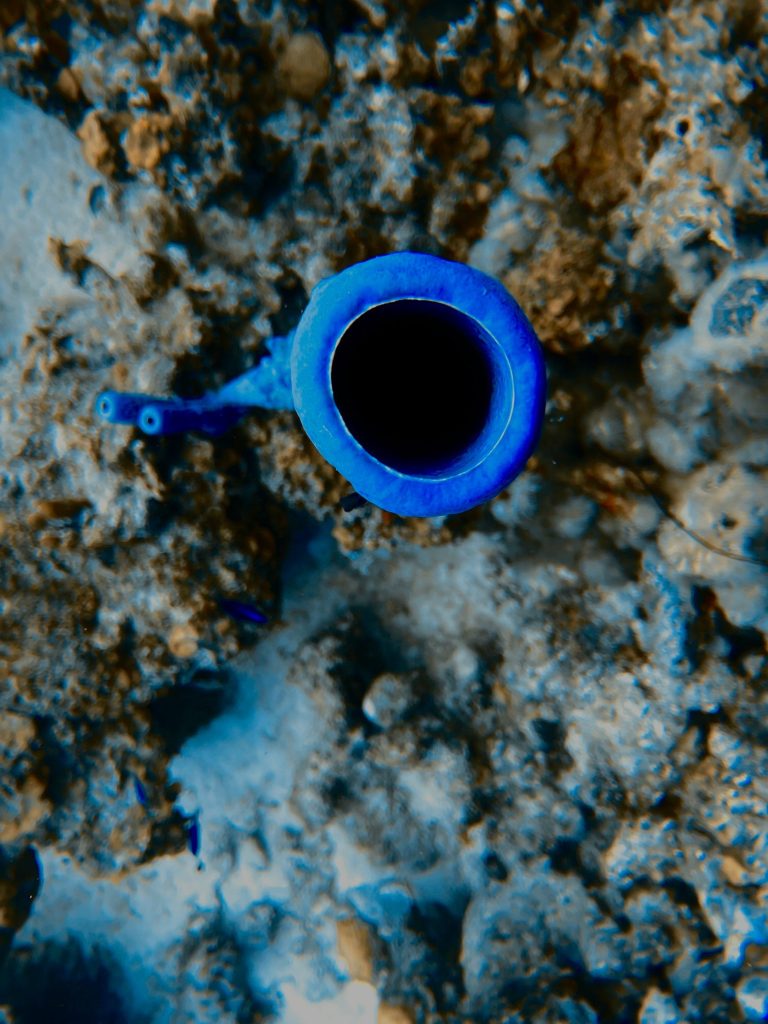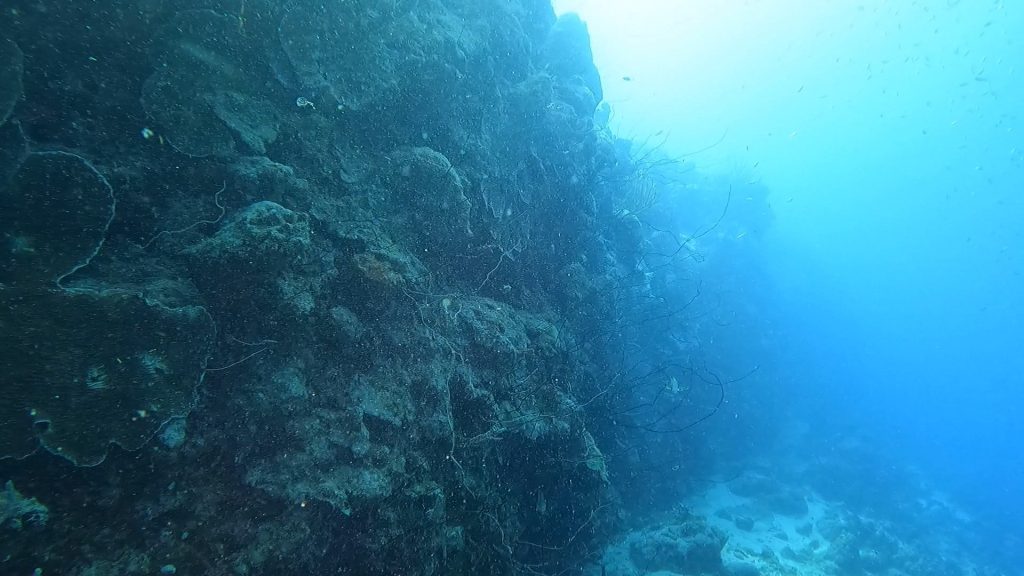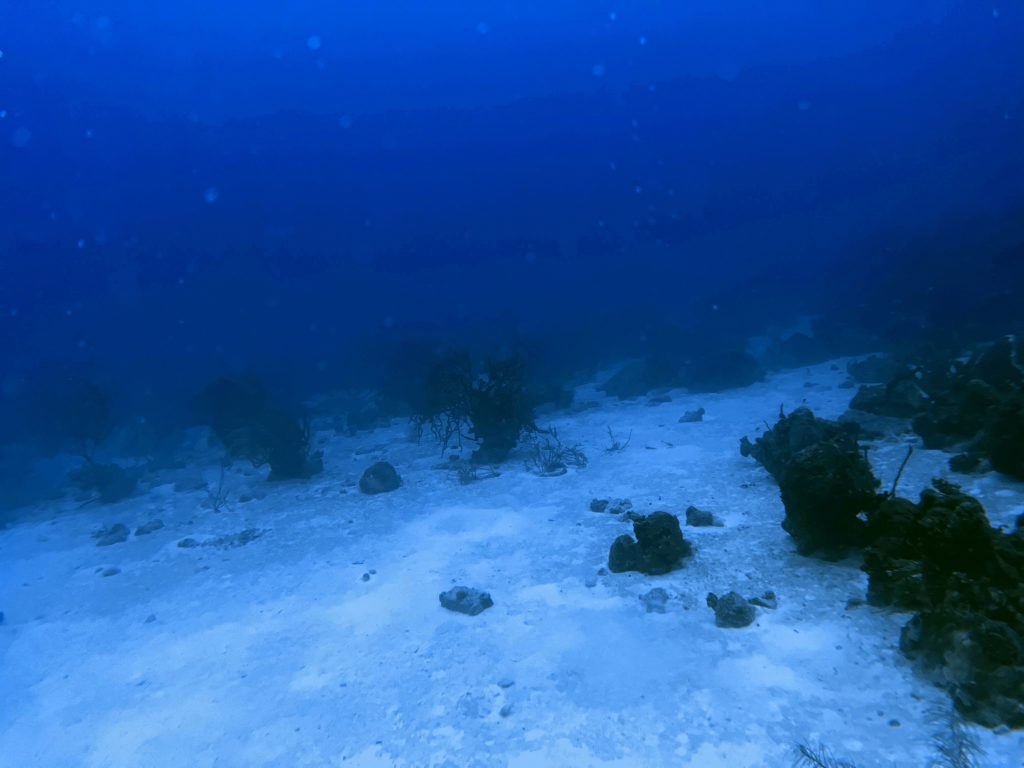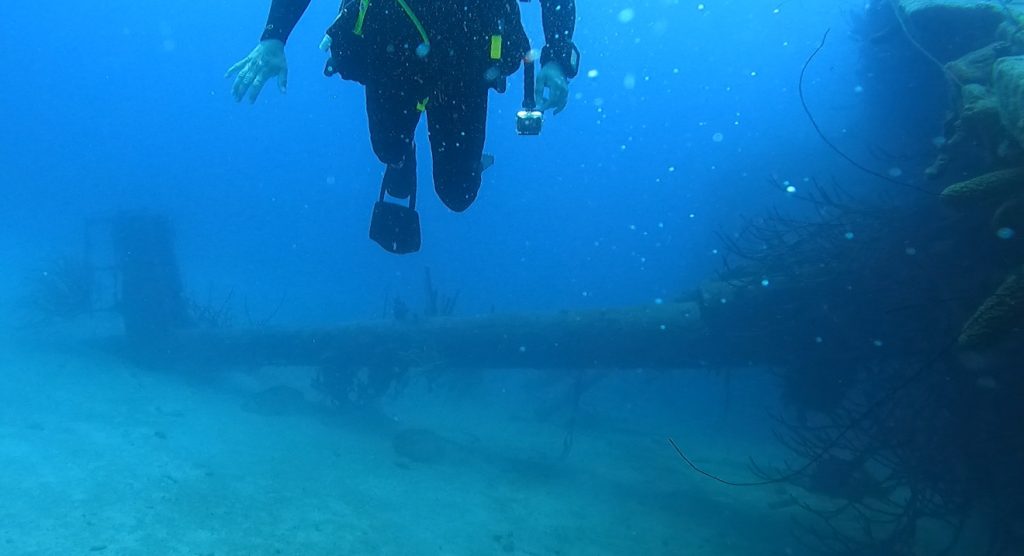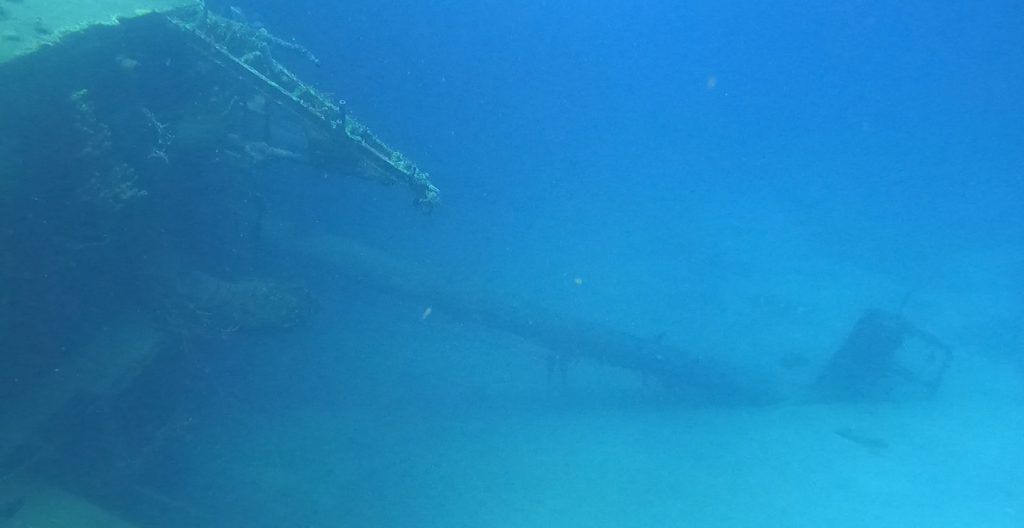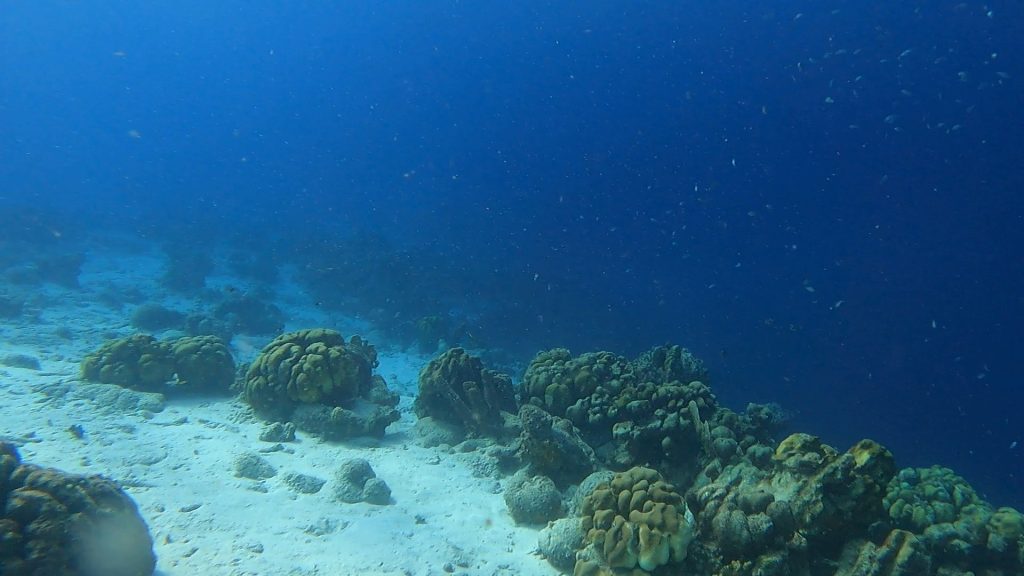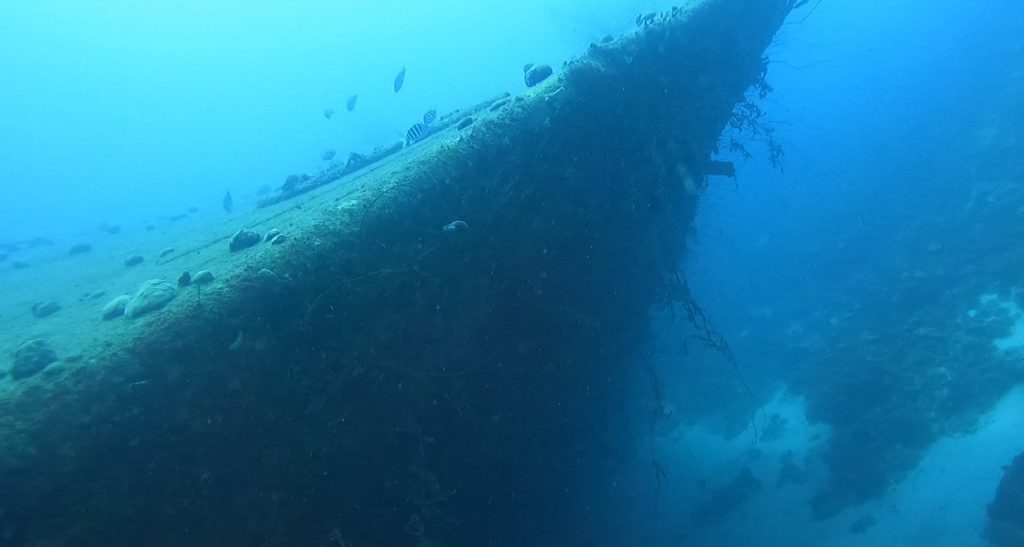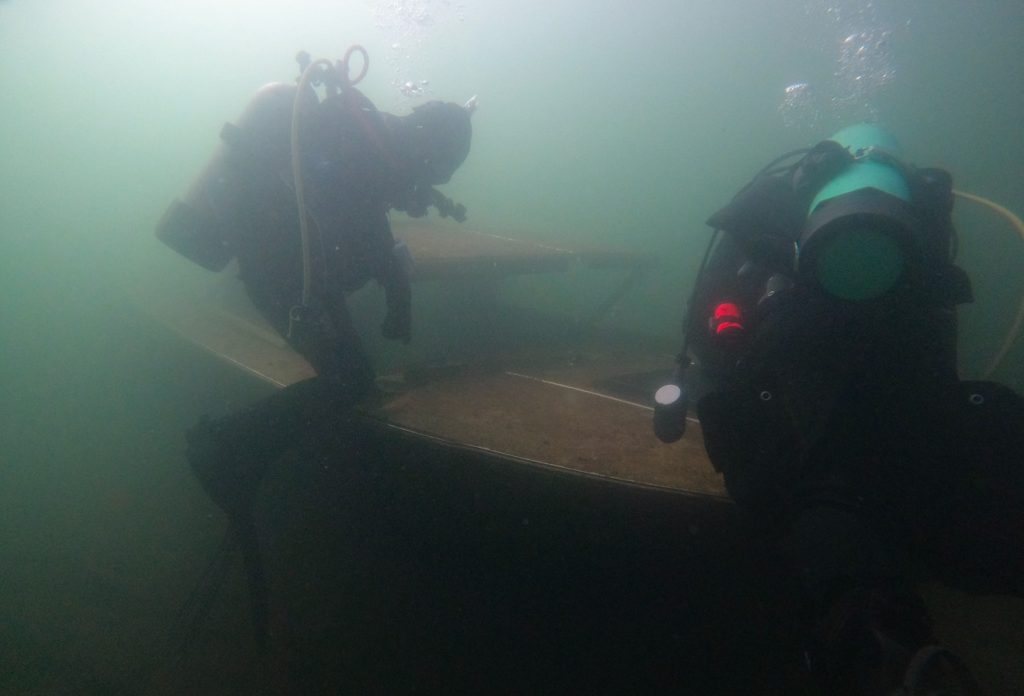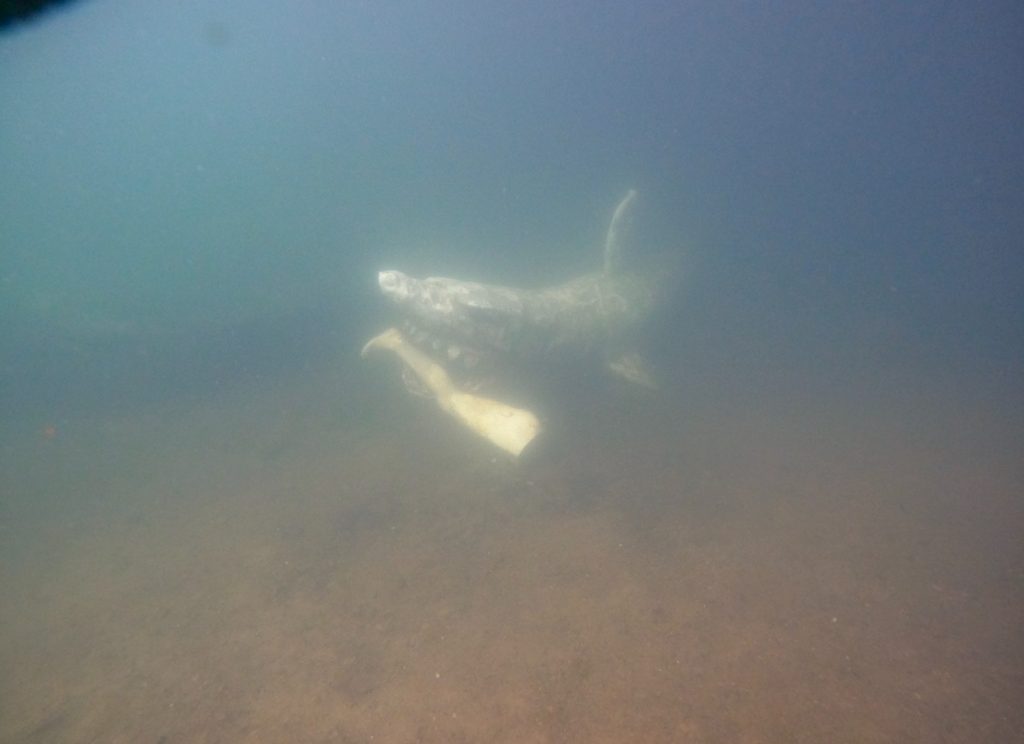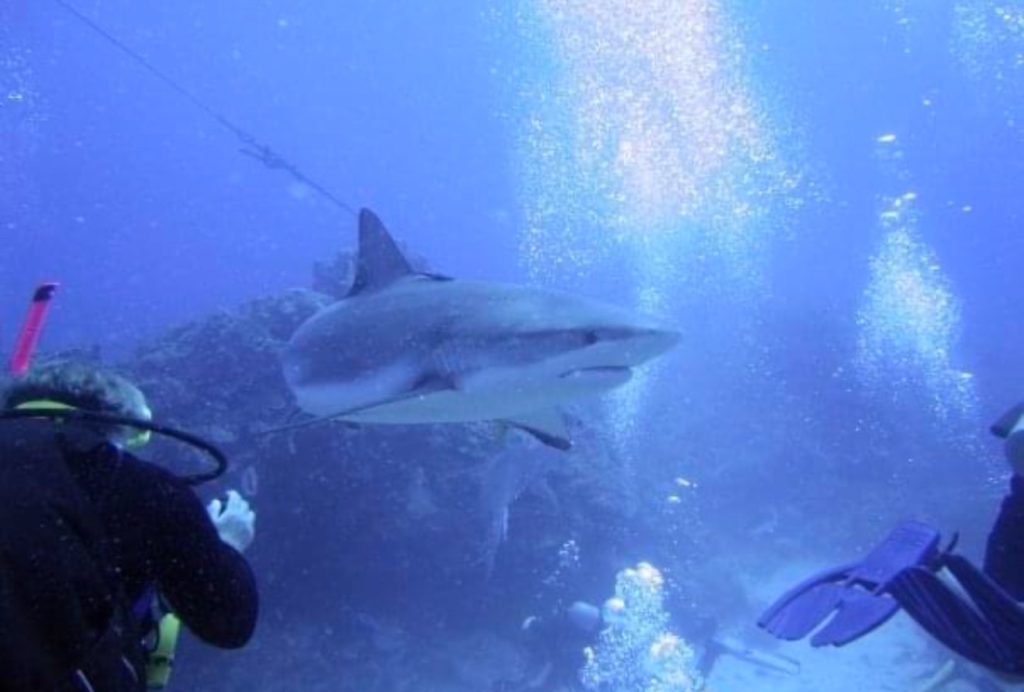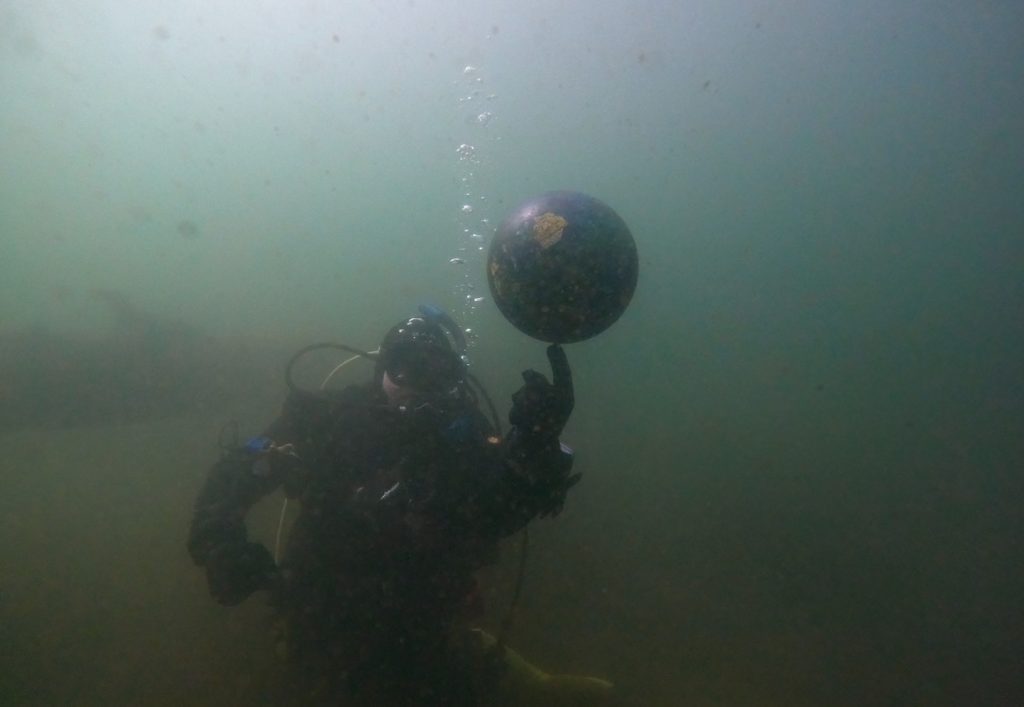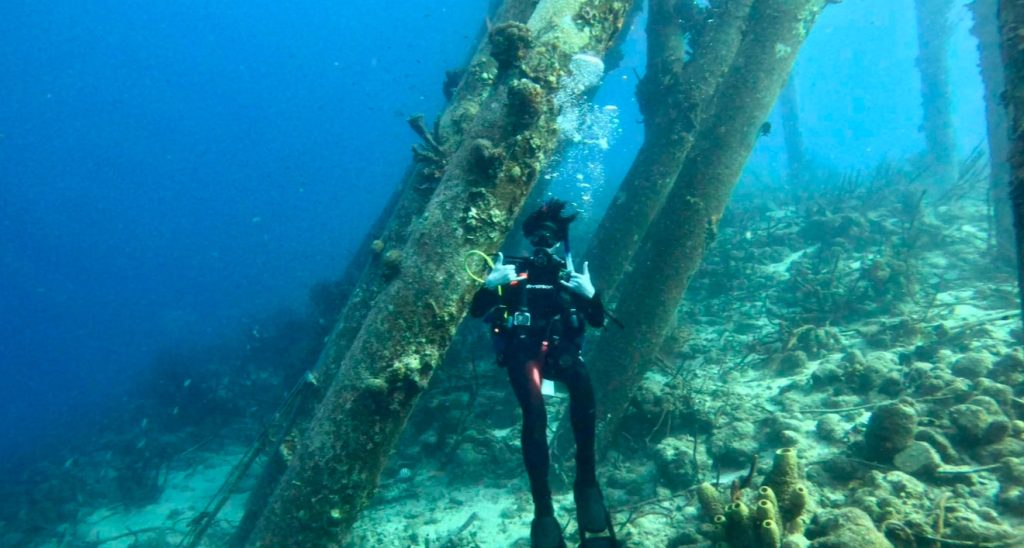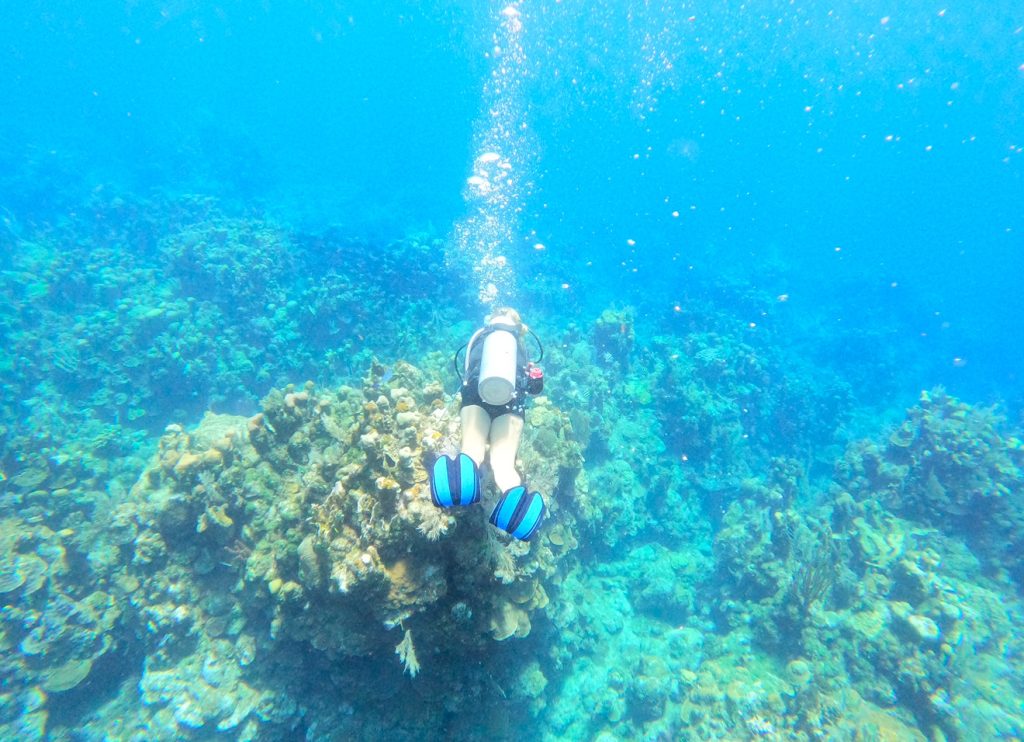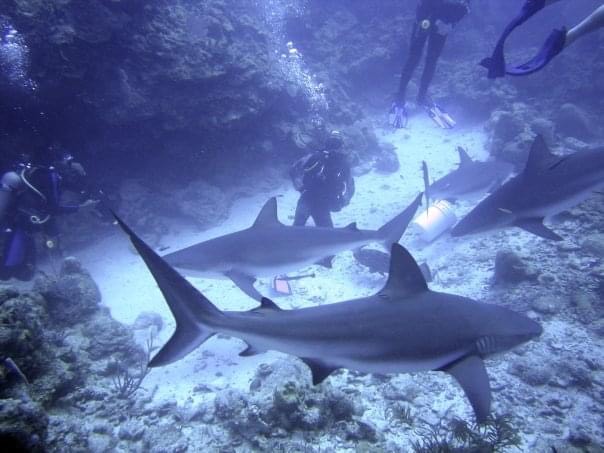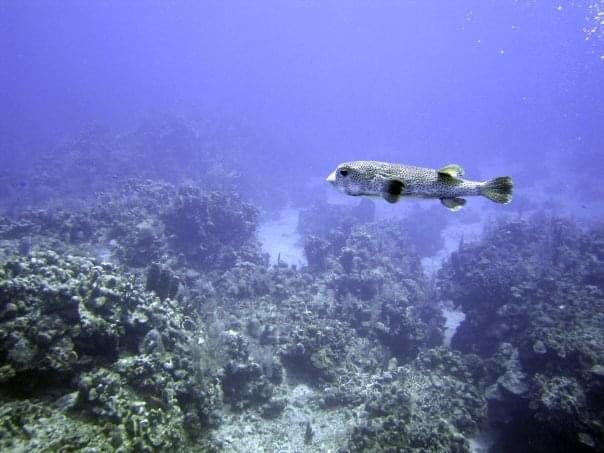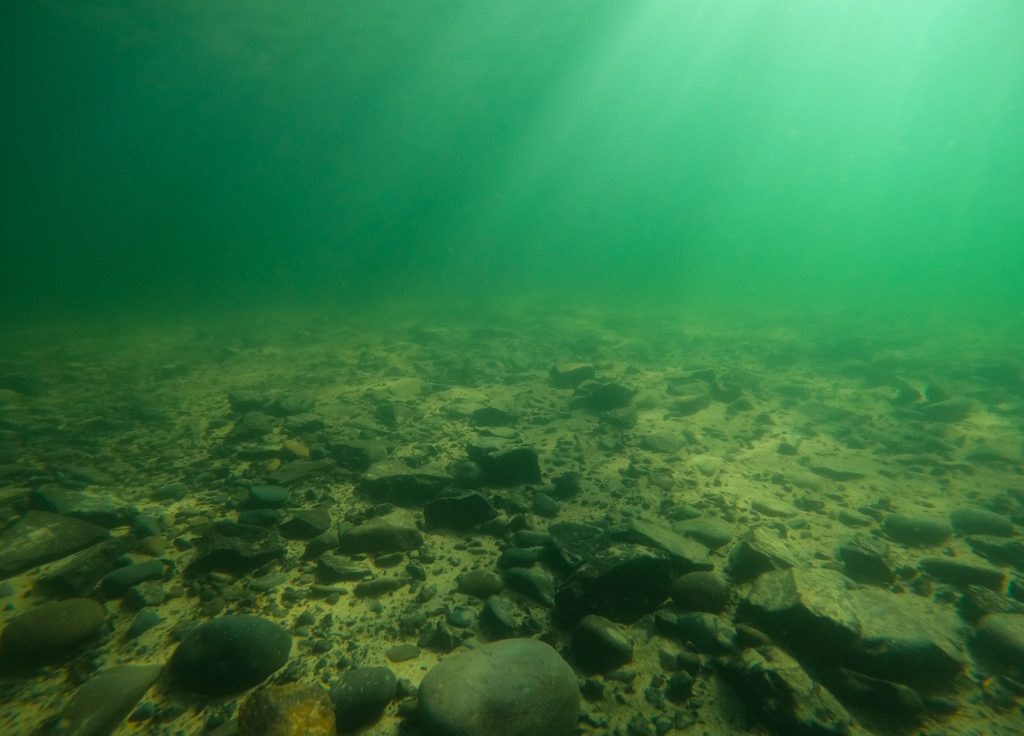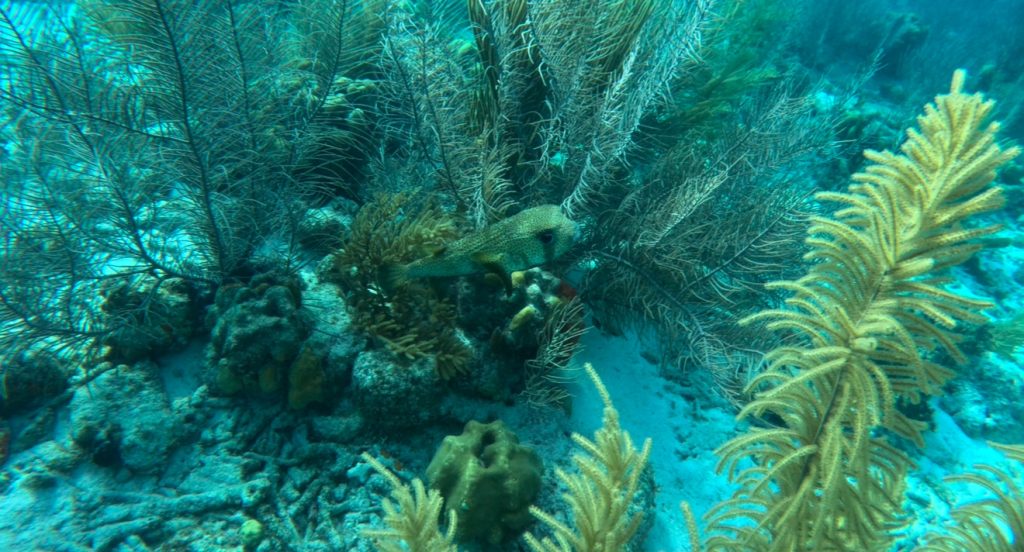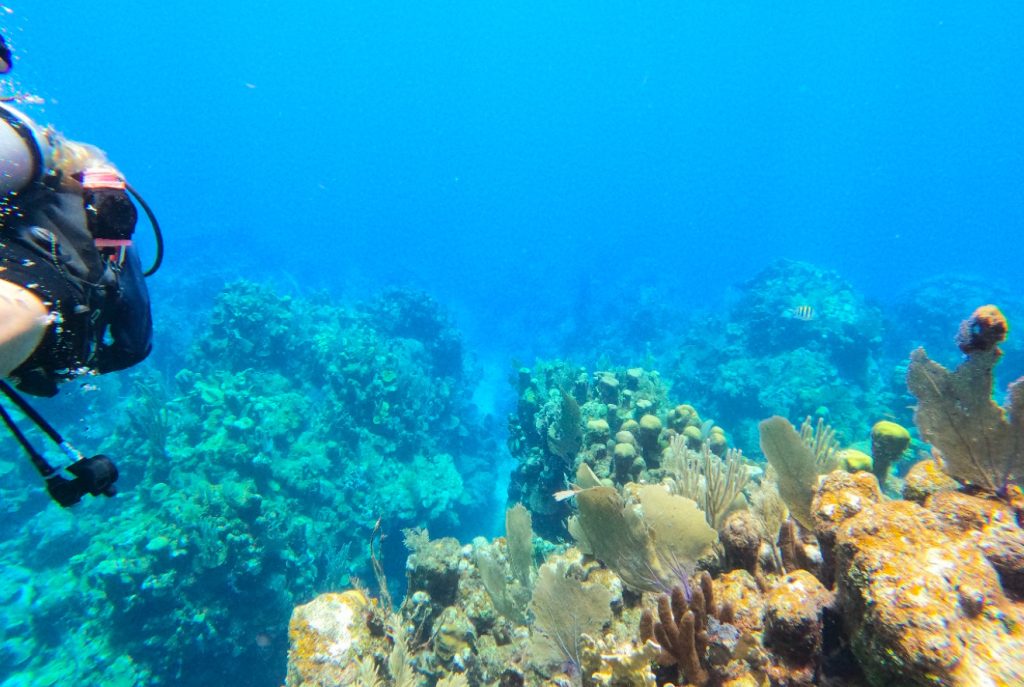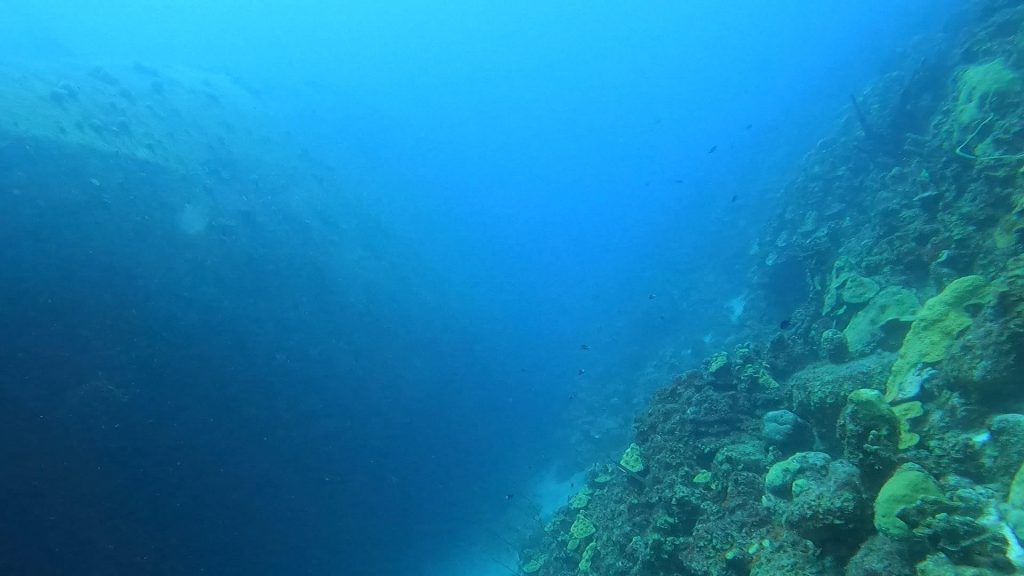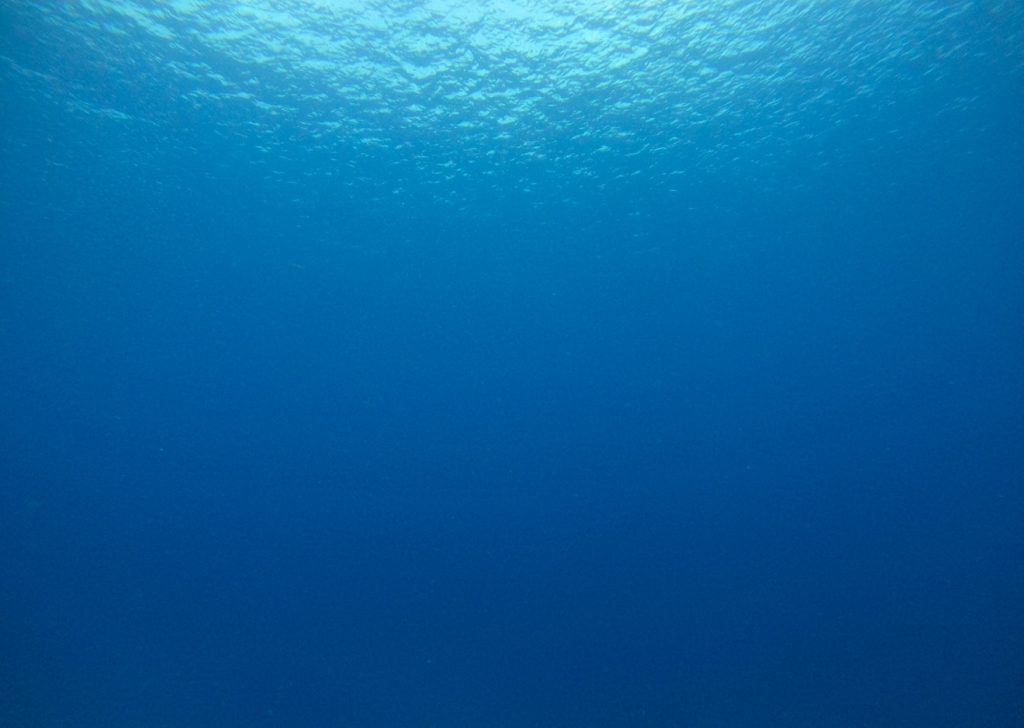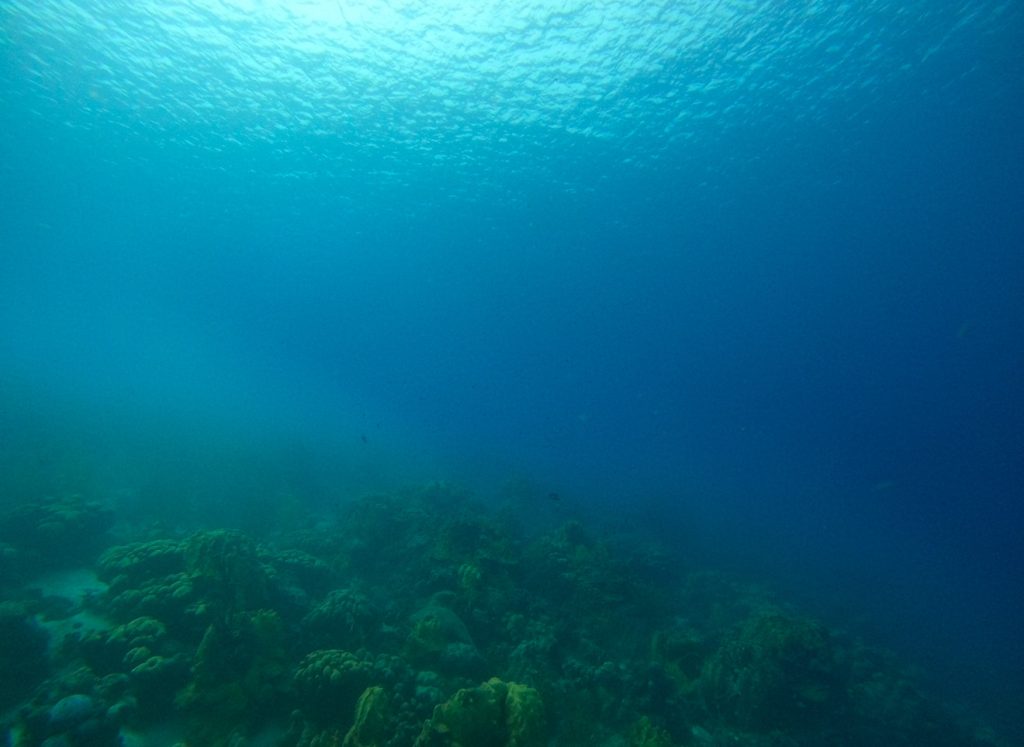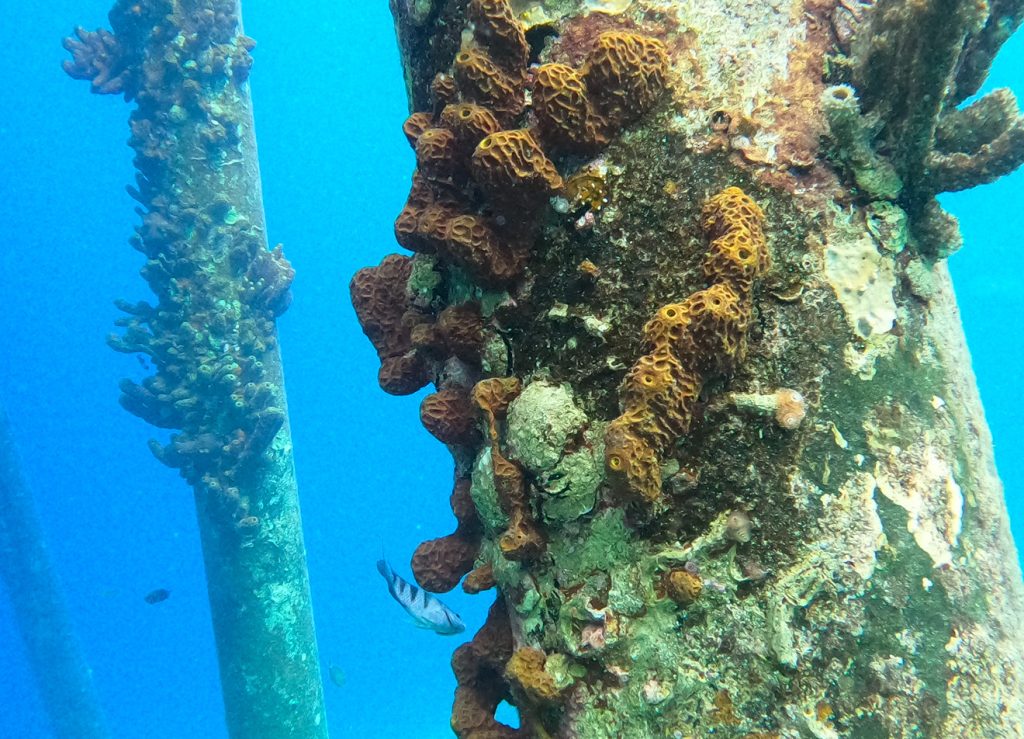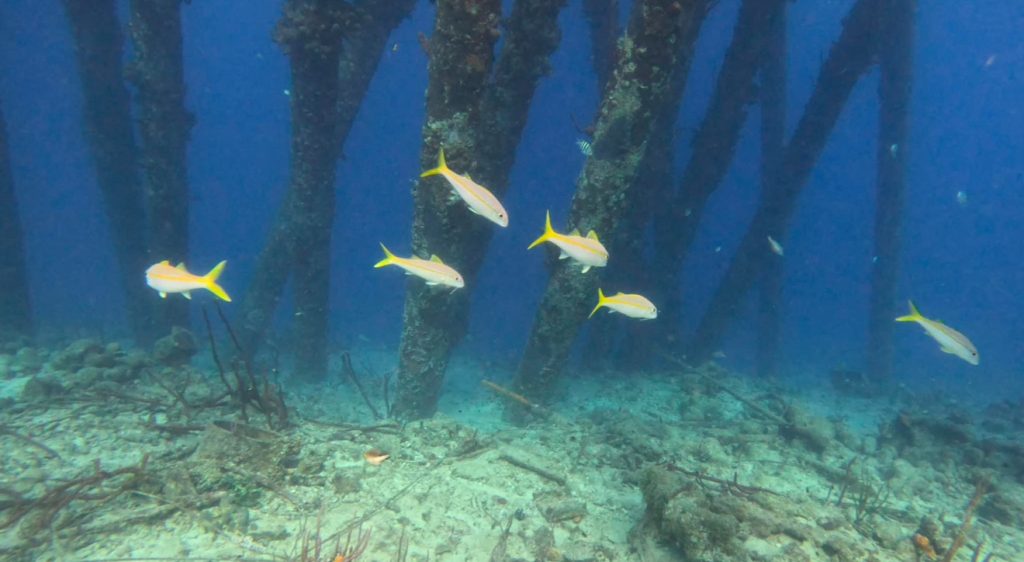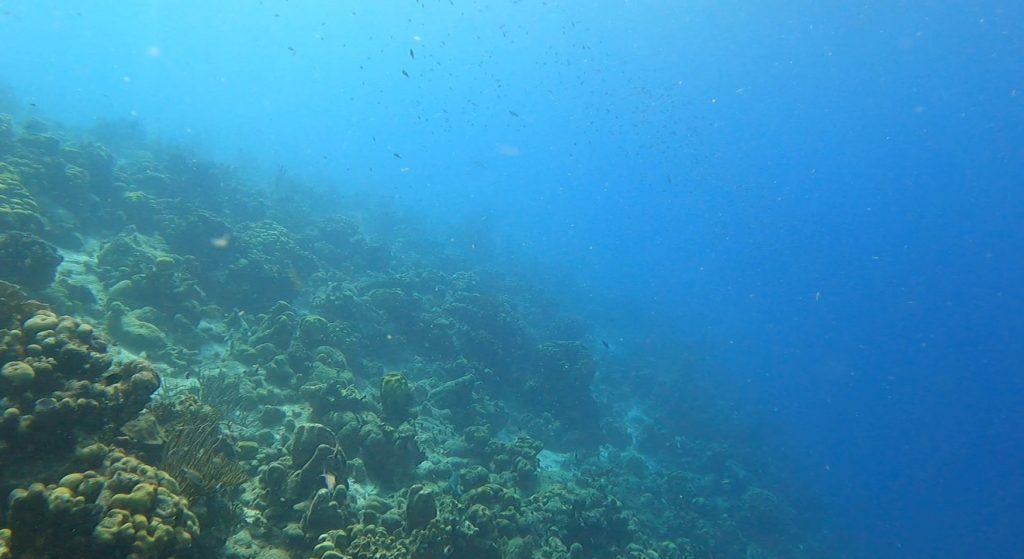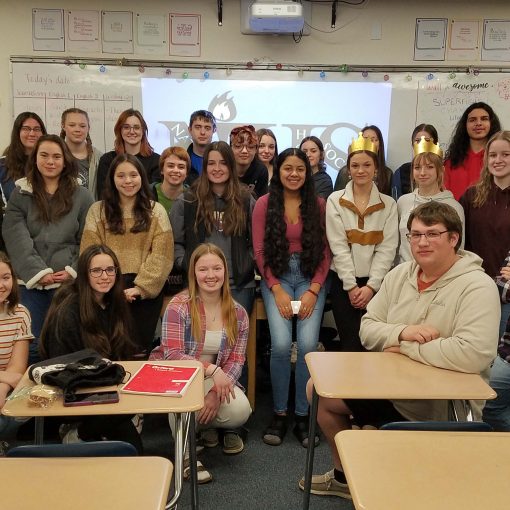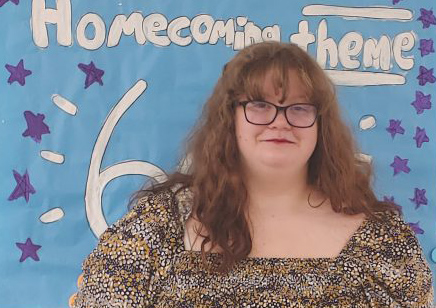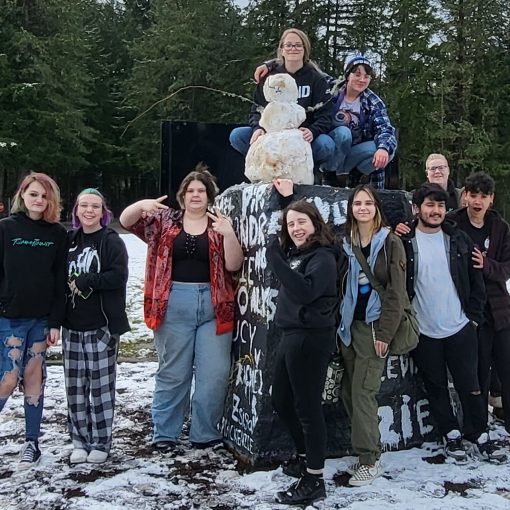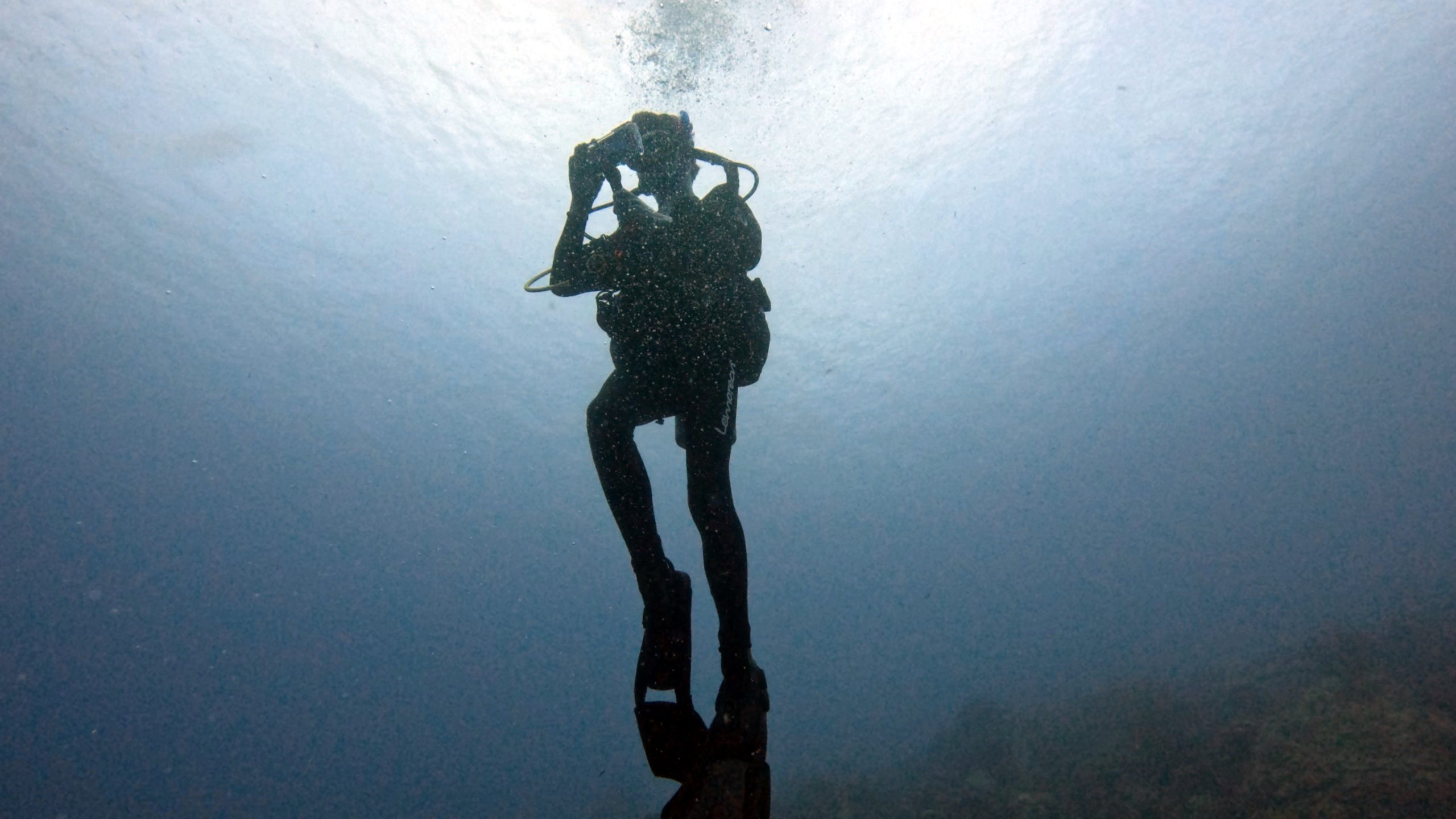
For as long as I have known, I have always been drawn to the ocean and fascinated by what it hides under its waves. As scary as people perceive the sea to be, to people like me it is just a hidden world completely different from ours on land.
I began with snorkeling, admiring shallow reefs from the surface and occasionally seeing a lucky stingray or puffer fish. After a while, I started feeling limited. I was bored of being confined to the surface where I couldn’t get close looks at anything or feel immersed in what I was exploring. This was when I decided to push outside my comfort zone and begin free diving, and it was the best thing I ever did. By diving, I could see things closer and experience something most people are too afraid to do.
However, free diving had its restrictions. I have never had strong lungs and cannot hold my breath for over two minutes, and continuously diving down and resurfacing was physically straining on my body and ears. I knew I had to take the step to get my SCUBA (Self-Contained Underwater Breathing Apparatus) certification, which would allow me to spend more time underwater and go deeper.
Back in late 2022, I introduced the idea to my family, who shared my excitement about the opportunity. My parents had been divers before me, certified back in the late 1990s. They had to give up the hobby however, when they were raising my older sister, and they had not touched the hobby since then.

I began a class with Eugene Skin Divers Supply, which certifies divers through PADI (Professional Association of Dive Instructors). I knew it was going to be a tough class, both physically and mentally, but I was ready for the challenge.
Every diving certification begins with a lengthy online class, consisting of around 60 hours of combined videos and reading material which every diver is required to read and get tested on. This period took me almost three months to get through, and the suspense to get in the water was killing me.
In April of 2023, I had finally completed my online classes and was ready for my first pool day. To get certified, divers are required to perform a swim test that consists of 8 laps down and back a standard 75-foot pool. This was the first thing we did before getting in gear, and was the hardest thing about the class by far. Unaware of the challenge this test posed, I started the test faster than everybody else. I quickly tired my body out and ended up being the last to finish the test, I nearly passed out getting out of the pool.
After this, we got geared up and began standard scuba training which would last over the next 6 weeks. Divers require a certain amount of skill-sets and techniques that cover any dangerous situation you might encounter on a real dive. We would use a set of hand signals, since you can’t talk underwater, to communicate. Some of the basic signals are thumbs up, which means to ascend – thumbs down, which means to descend – and the OK hand gesture which means okay.
All was going well until my third week’s pool session, which seemed to be a normal training day for me until I began descending underwater. As divers descend underwater, the pressure of the water above you pushes down and adds pressure to your ears, which then close up. To prevent this, divers need to do something called equalizing, which is similar to popping your ears on planes or during large altitude changes.
Typically for divers, equalizing is super easy and poses no problem, but that day my ears would not cooperate with me. As I descended my ears took on more and more pressure and before I could react and ascend, my right ear burst open. For any diver, this is one of the most dangerous things that can happen underwater. Luckily I was in a pool, but the symptoms were just as bad.
My ears immediately opened up, since there was no more pressure built up in them, and I went from basically hearing nothing to hearing every little noise underwater. But this wasn’t the worst part. I had a severe dizziness and loss of orientation, worse than I had ever felt before in my life. I had completely forgotten where I was and what I was doing, all I knew was I was underwater and had to swim up, so I did.
I didn’t know what had happened until I visited a doctor, who told me there was a hole in my eardrum and I would not be able to dive again until it healed. I had to be removed from the class until my ears could properly seal and re-open on their own again, which would take several months. In June 2023, my ears had finally healed and I was able to return to a different class. I was fortunately able to finish up my weekly pool sessions and get to the final two checkout dives, which would be in a real lake.
At the end of the pool sessions, divers are required to conduct two real dives which go through all the skills and techniques you learned in the previous pool sessions. One of those skills includes removing your mask, swimming 120 feet, and then putting your mask back on and purging the water out of it. Another skill includes having the valve to your air tank closed, meaning you lose access to air 30 feet underwater, and then signaling you’re out of the air to have it reopened.
Divers from the Pacific Northwest are considered the best in the world for a reason – oceans and lakes up here are among the coldest and least visible in the world. This lake was located in Florence, Oregon, and that day it was 45 degrees cold and had a visibility of about 10 feet. I ended up blowing my eardrum out again, but finished the dives and got my certification.
This time, since the dive was in a real lake and not a clean pool, my ear got infected when it burst open. For 3 weeks I had a yellow goo leaking out of my ear which was one of the most disgusting things I’ve ever had to go through.
Now that I was certified, I had a lot more freedom and could dive deeper and longer. My first dive trip was to Roatan, Honduras, which ironically was where my parent’s first dive was as well. When I jumped in that warm water for the first time it was so satisfying, considering I had just spent months in cold water. When I looked below me I could see clear 100 feet to the bottom of the sea, down to the colorful reef below booming with life.
This time I was able to descend with no issues and was able to spend an entire hour at 70 feet below the ocean’s surface. It is still one of my favorite dives I have ever done.
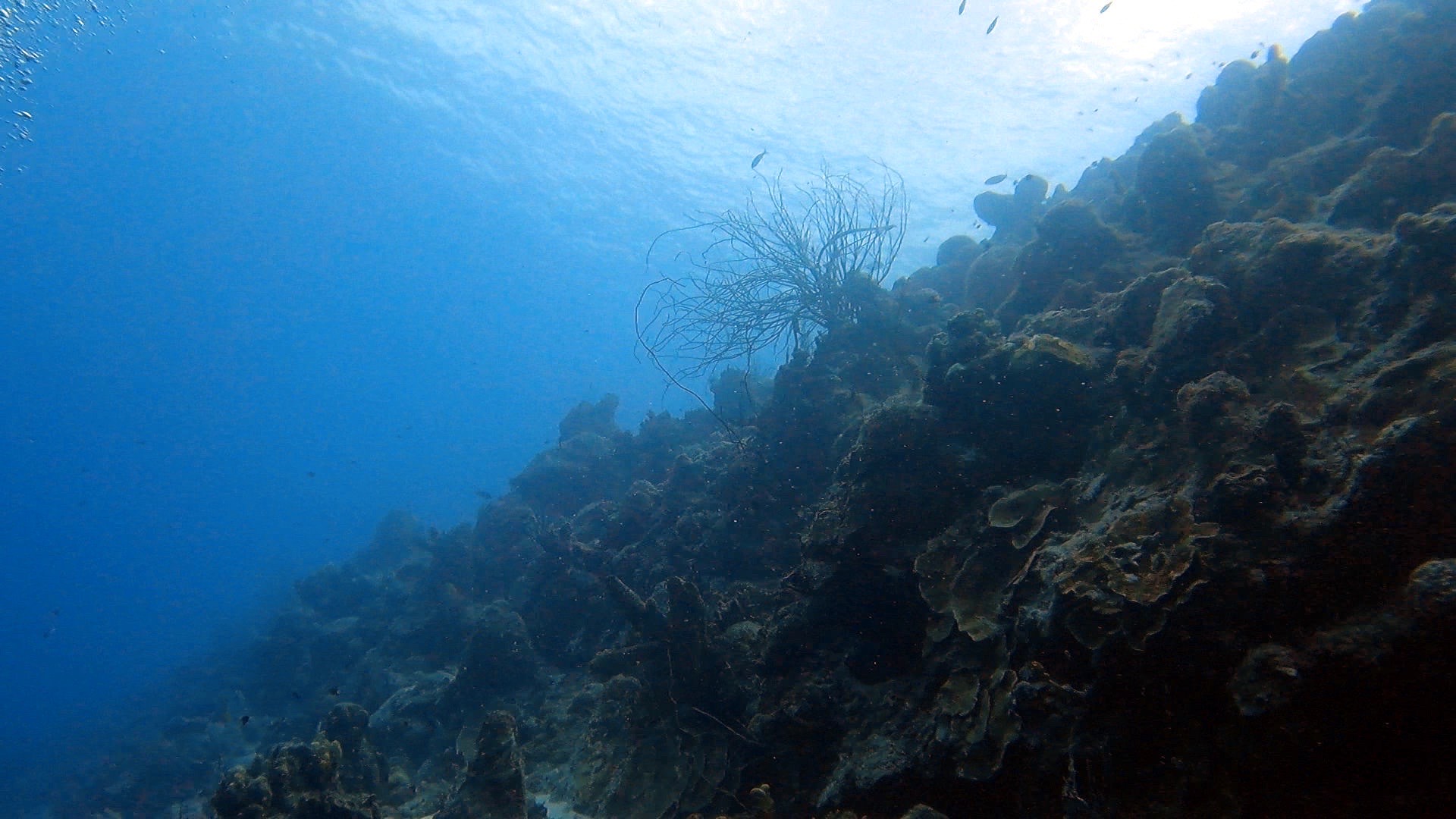
When I returned to Oregon, I decided to expand my certification and go for the Advanced Open Water Diver. This certification would let me dive to 120 feet, the limit for recreational diving. This course consists of another lengthy online course, one pool session, and then a weekend trip to the coast consisting of six dives.
Six dives over two days is a lot to do, especially considering it’s on the Oregon coast where the water is freezing. The Pacific Ocean is very different from the warmer oceans on the other side of the world. There’s no colorful fish, no colorful corals, only the same boring anemone covering the seafloor and millions of tiny crabs and snails crawling around.
However, the larger animals compensate for this. On those dives I saw two moray eels and the infamous giant Pacific octopus.
On my fourth dive, I ended up blowing my ear out again and had to return on another date to finish. Fortunately, I was able to finish and get my certification. As well as a dry suit certification which would let me dive in the colder bodies of water while staying dry and warm, as the suit is waterproof and sealed.
After this, my next trip was to Bonaire, which is an island in the Caribbean owned by the Netherlands. This is a popular diving location as many of the resorts let you rent a truck and just drive to locations where you dive right off the beach. My favorite dive location here included a sunken ship that was used to smuggle drugs across the border. This was also the trip I had my deepest dive — 100 feet.
My next dive trip will be in February, going back to Roatan. I plan to spend a week diving off the shore around the surrounding reefs, as well as a planned dive with wild sharks and dolphins.
Scuba diving has been a journey for me and I have loved every part of it. I am grateful to have shared my experiences with my family and to get the opportunity to share the beautiful sights of the ocean with the people around me.
